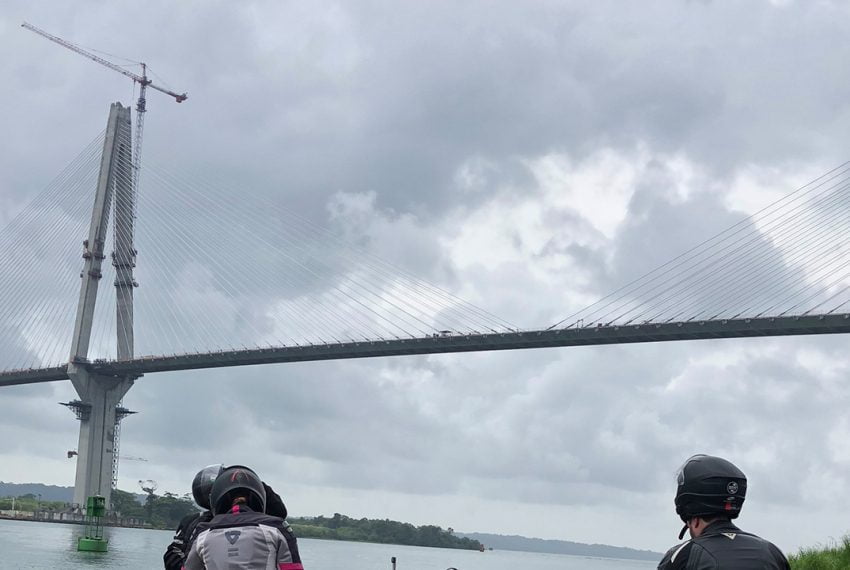
In infrastructure news, the construction of the third bridge over the Canal is nearing its final stretch. The east and west sides of the Atlantic Bridge are now joined together, ready to connect the province of Colón and the Caribbean coast with Panama City.
The $600 million mega project will open the doors for the development of Panama’s little known Caribbean region and reach isolated provinces like Coclé, Veraguas, Bocas del Toro and the indigenous Ngäbe-Buglé region. It’ll be a boon for tourism for sure, and the government is also talking about access for projects like the Donoso copper mine and the Colón natural gas plant.
The project began in 2013 and is due for completion in April 2019 (a bit delayed following the construction union’s nationwide strikes last May). The four-lane bridge is also a feat of engineering, as it’s a concrete cable-stayed structure with a 530 meter “light” (distance) from one pillar to the next. Built by the China Communications Construction Company, the project also clearly points to China’s increasing influence in shipping and logistics.
In Canal news, the Panama Canal Authority signed a five-year extension of a MOU with the Tennessee-Tombigbee Waterway Development Authority designed to increase trade between the Americas and Asia. Companies shipping steel, soybeans, wood chips, aluminum ingots and countless other goods from Mississippi, Alabama, Kentucky or Tennessee look to benefit, and, given the expanded Canal, the new agreement is even more timely. Under the MOU, the two authorities can work on joint marketing efforts, share information and exchange technology.
On the real estate front, if you recall our article about Panama’s new real estate taxes earlier this year, there’s even better news in store. Panama’s National Assembly extended the moratorium on penalties and interest payments on any outstanding property taxes through the end of 2018 — so you get an extra year to catch up. Together with income from the Canal, Panama’s government hopes these tax revenues will help the country’s fiscal balance so it can close the year in line with the law on social fiscal responsibility.
Finally, we’re super proud to be living in a country that has decided to dedicate the entire month of July to advance the UN’s Sustainable Development Goals going forward. Panama was one of the first countries to formally adopt the SDGs in 2015. Since then, the 2030 Agenda is taught in every school and headlines the work of youth and other civic groups across the country. Every July from now on, the government, civil society groups, the private sector and other actors will design programs to reaffirm commitments to the UN’s social, economic and environmental goals, aimed at getting the whole country on board in one big social movement. We’re all in it together. Let’s make Panama’s future more sustainable, inclusive and equitable for everyone.

